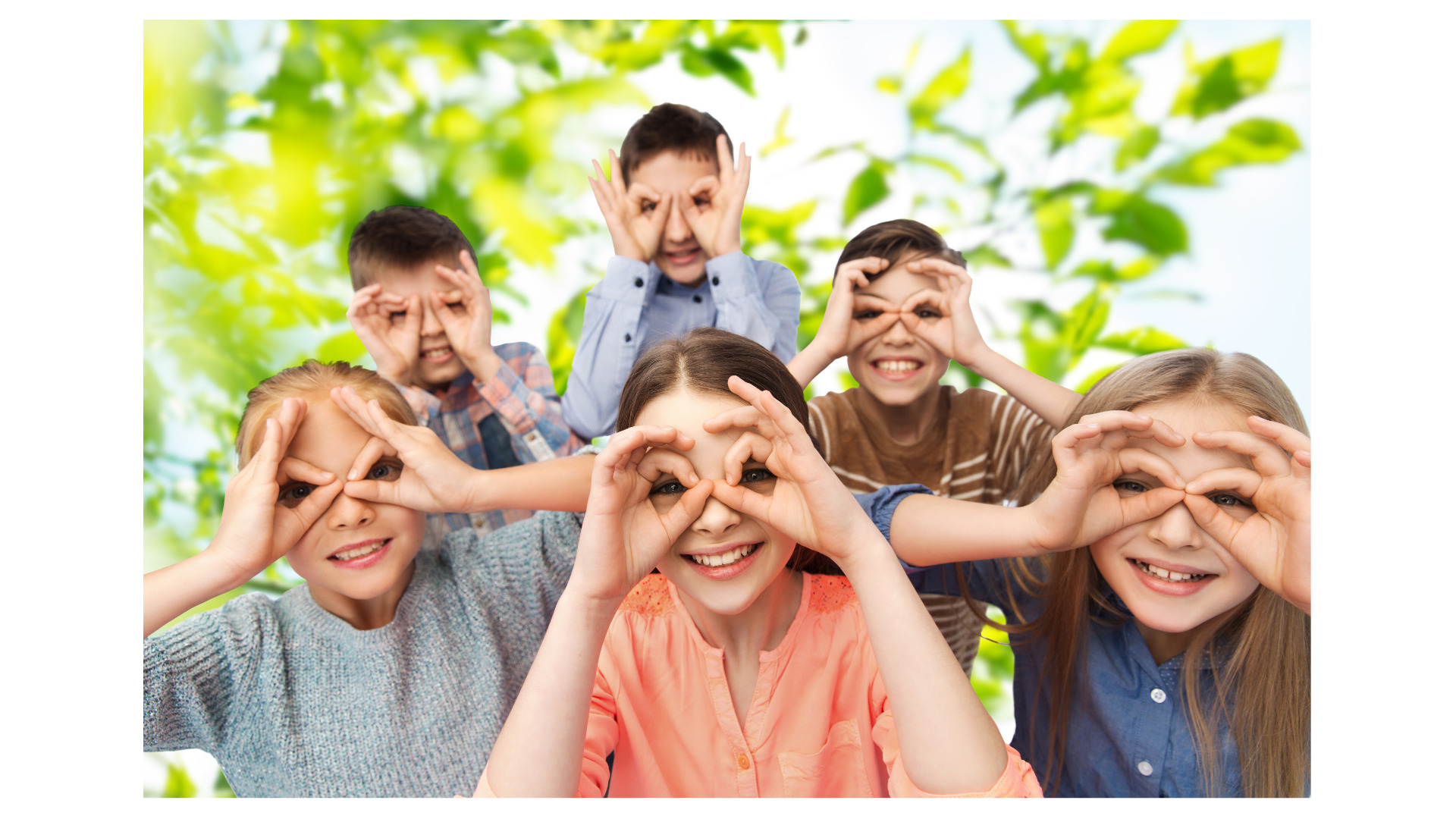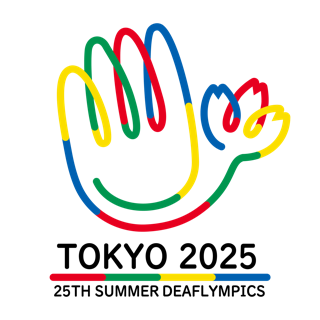20 Activities That Unlock Your Child’s Potential A Global Guide to the New Era of Kids’ Enrichment

Around the world, families are rethinking what “extracurricular activities” should offer.
Today, parents and educators are looking beyond simple skill acquisition and focusing on a broader set of abilities—creativity, focus, collaboration, resilience, and confidence. These form a holistic growth ecosystem that helps children thrive in an increasingly complex world.
Classic activities like swimming and soccer remain popular, while new trends such as robotics, programming, AR sports, and breakdancing are rapidly expanding. With competitions, certifications, and global pathways now widely available, kids can realistically aim for national—and even world—championships.
Top 20 After-School Programs for Kids
-
Language Learning
The gateway to global communication.
With online platforms and gamified learning tools, children can start language learning more easily than ever. Goal-setting, progress tracking, and interactive challenges help them stay engaged.
-
Academic Tutoring (Math & Reading)
A universal fundamental.
Modern tutoring centers increasingly use adaptive AI, personalized learning, and inquiry-based projects to strengthen both foundational skills and critical thinking.
-
Abacus Training (Soroban)
 A time-tested learning method backed by modern research.
A time-tested learning method backed by modern research.
Abacus training isn’t just about fast calculation—it strengthens working memory, concentration, and cognitive processing speed. Studies from Asia, Europe, and the U.S. show that children who practice the abacus often perform better not only in math, but in tasks that require focus and mental discipline. It’s one of the few tools that blends tradition with proven benefits for today’s digital learners.
-
Science & STEAM Workshops
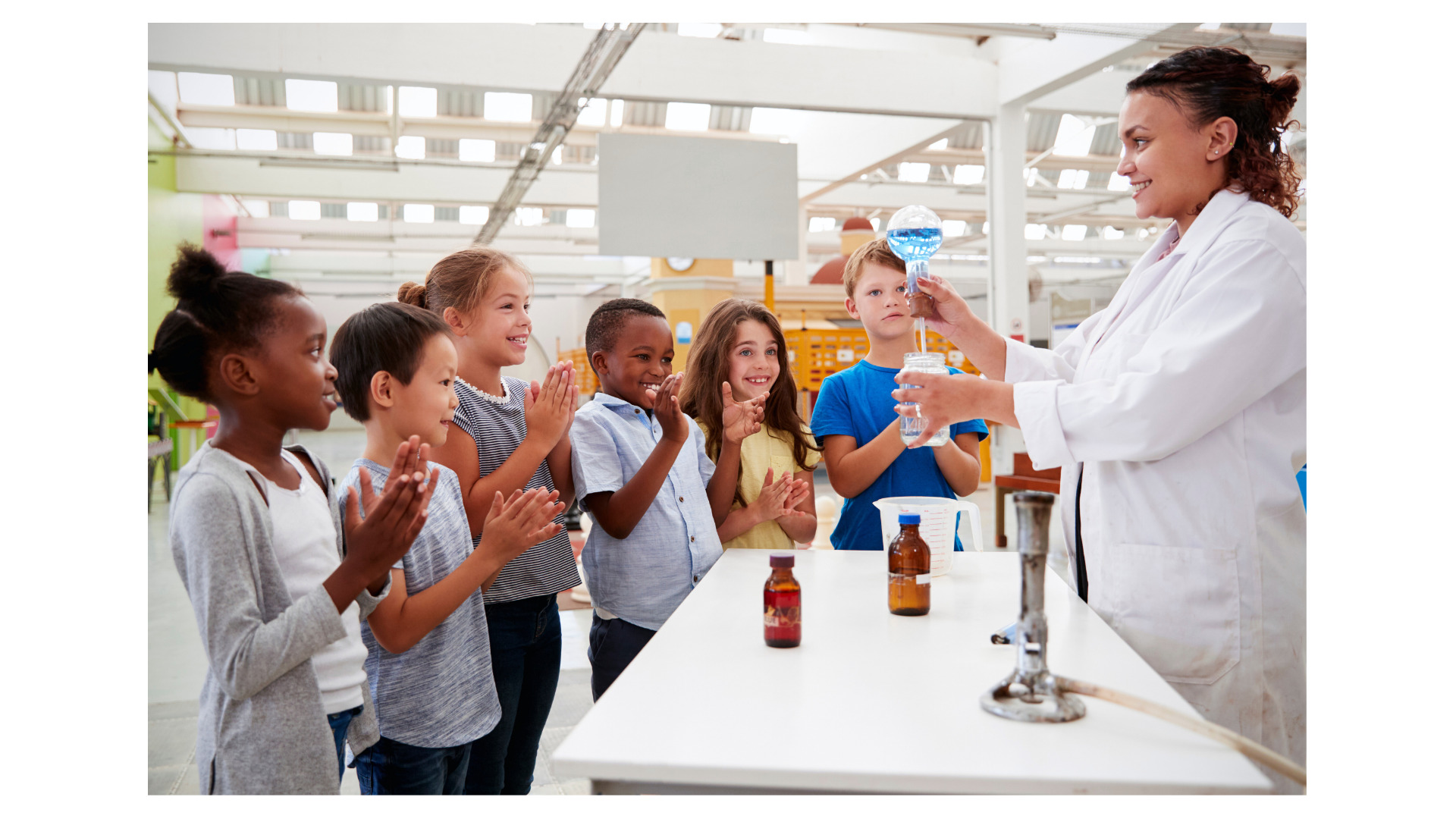 Hands-on learning that sparks curiosity.
Hands-on learning that sparks curiosity.
Kids explore experiments, engineering challenges, space science, biology, and AI through cross-disciplinary programs designed to nurture “Why?” and “How?” thinking.
-
Programming Classes
From Scratch and Minecraft coding to web development and AI projects, programming builds logical thinking, creativity, and problem-solving. Kids learn to design and communicate through technology.
-
Robotics
 Few experiences beat the thrill of seeing your own robot move.
Few experiences beat the thrill of seeing your own robot move.
Through building and coding challenges, children develop engineering skills, teamwork, and presentation abilities. Many countries offer competition pathways leading to global tournaments.
-
Swimming
 A timeless favorite worldwide.
A timeless favorite worldwide.
Swimming builds physical strength, confidence, and mental resilience. It’s cost-effective, widely accessible, and excellent as a child’s very first extracurricular activity.
-
Soccer
 Teamwork, communication, and shared goals.
Teamwork, communication, and shared goals.
Soccer cultivates coordination, strategy, and collaboration through leagues and tournaments that give kids a clear sense of progress.
-
Baseball / Softball
Discipline, persistence, and team spirit.
These sports teach respect, routine, and resilience—qualities that carry into everyday life.
-
Basketball
A sport that sharpens speed, decision-making, and teamwork.
Split-second judgments and coordinated play nurture both athletic and non-cognitive skills.
-
Tennis
A blend of strategy and self-management.
Tennis helps children learn competitiveness, focus, emotional control, and independent thinking.
-
Dance (Hip-hop, Ballet, Cheer)
Expression meets physical fitness.
Dance develops rhythm, creativity, and confidence. With its presence in school curricula, more children are initiating dance lessons themselves.
-
Martial Arts (Karate, Judo)
Respect, focus, and mental strength.
Martial arts help kids build inner discipline, self-control, and confidence. Japanese martial arts are especially respected around the world.
-
AR Sport: HADO
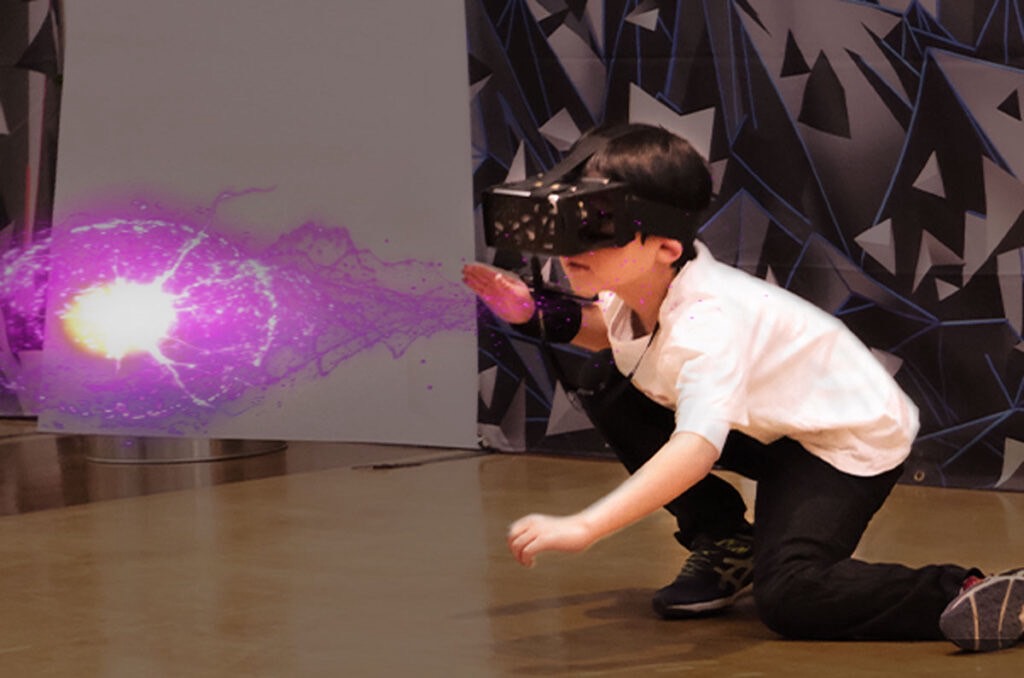 A futuristic sport where kids “step into the game.”
A futuristic sport where kids “step into the game.”
Wearing AR goggles, players shoot energy balls and strategize in 3v3 battles.
HADO equalizes physical differences through adjustable parameters, allowing all kids—athletic or not—to shine. Competitions span from local tournaments to world championships.
More info: https://hado-official.com/en/
-
Gymnastics & Trampoline
Total-body coordination and balance.
Excellent for foundational motor skills, especially during early school years. Every new skill mastered delivers a rewarding “I did it!” moment.
-
Piano
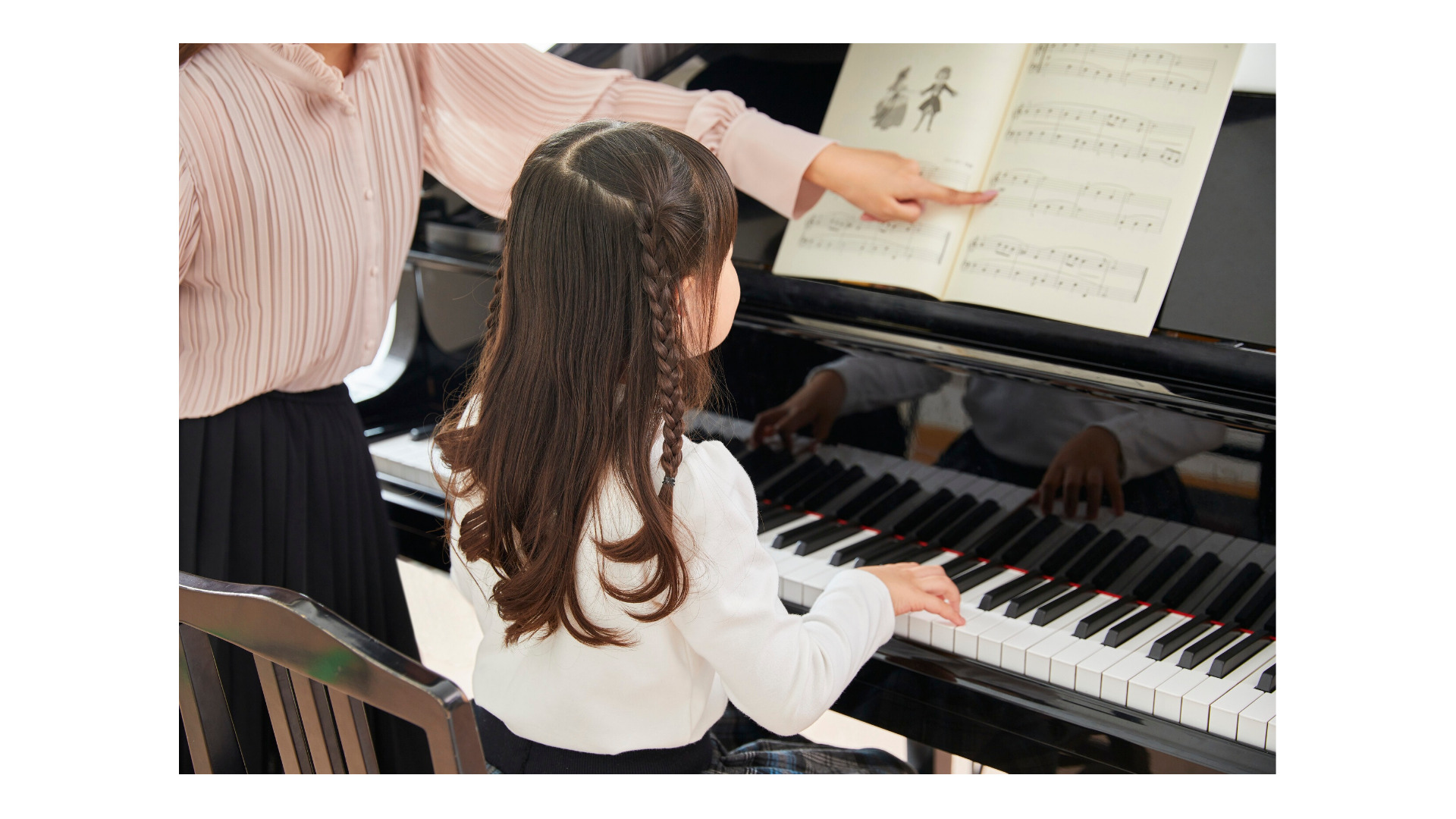 A cornerstone of artistic learning.
A cornerstone of artistic learning.
Piano develops concentration, fine motor control, and musical sensitivity. Recitals and competitions encourage goal-setting.
-
Violin
A blend of technique and emotional expression.
The violin trains listening skills, discipline, and persistence through incremental progress.
-
Calligraphy
Mindfulness through handwriting.
Calligraphy teaches focus, posture, and calmness—rare skills in an age dominated by screens.
-
Art & Creative Design
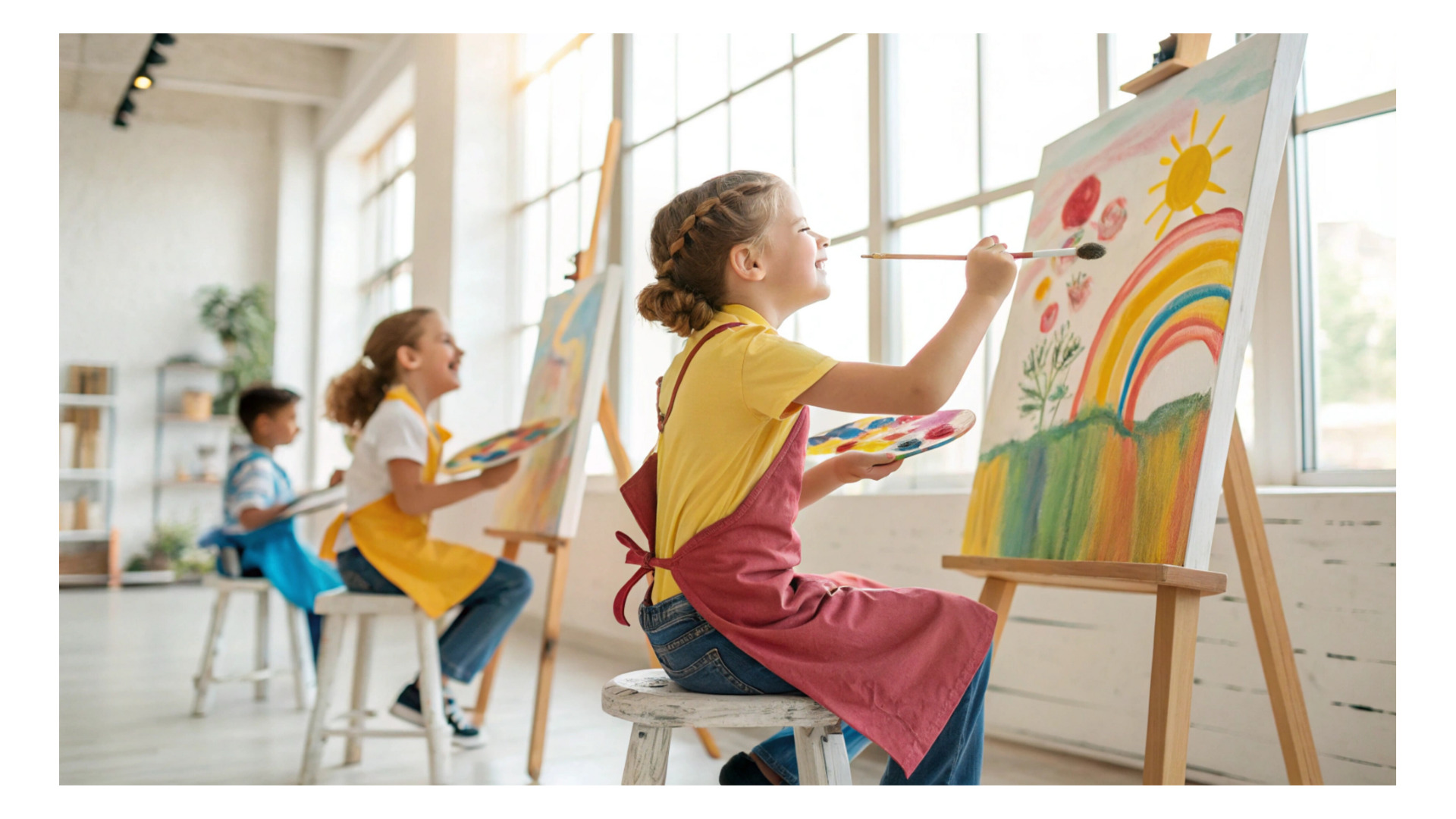 Freedom to express and imagine.
Freedom to express and imagine.
Painting and sculpting develop creativity, color sense, and composition. Children learn the joy of creating without the pressure of grades.
-
Chess & Strategic Games
Clear thinking, patience, and foresight.
Chess and similar games train kids to analyze choices, anticipate outcomes, and stay calm under pressure—valuable skills in academics and life.
Three Emerging Fields Where Kids Can Aim for the World Stage
HADO (AR Sport)
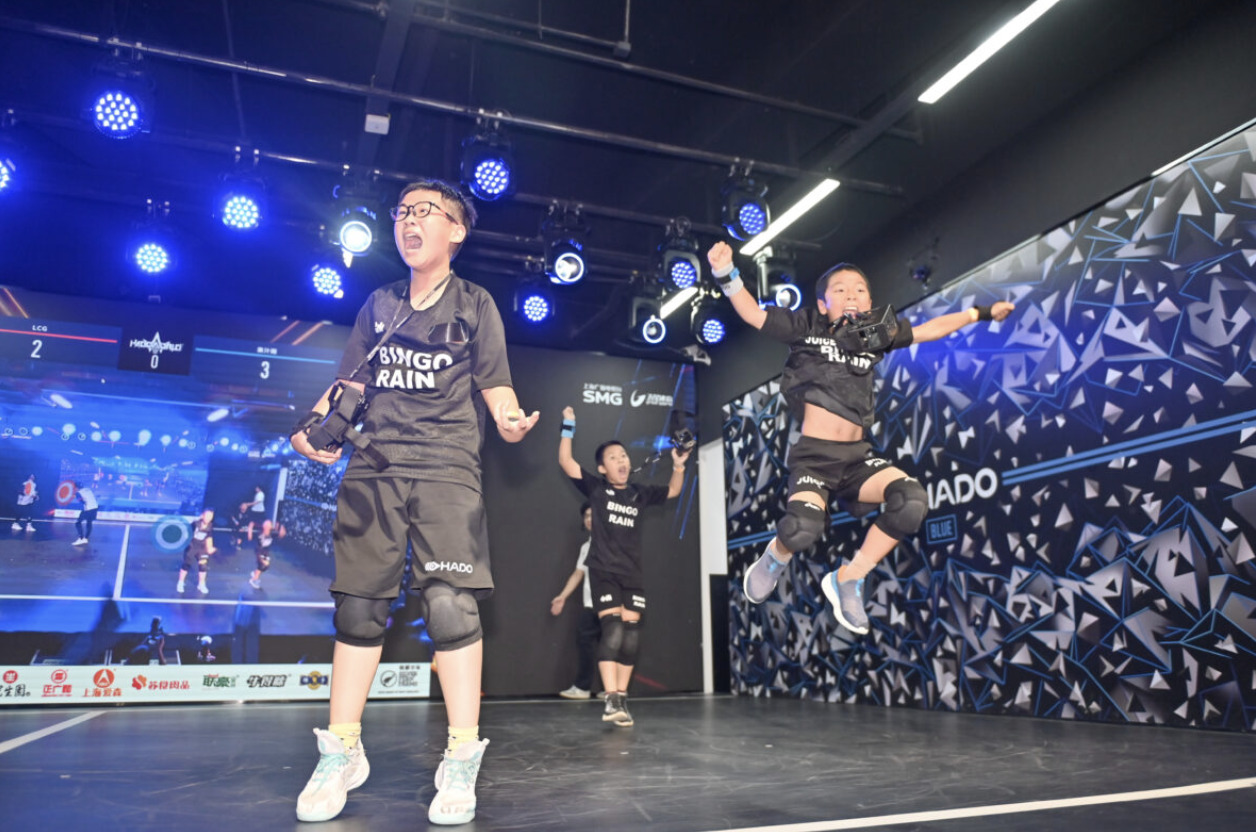 A fast-growing global sport with world championships.
A fast-growing global sport with world championships.
Because parameters can balance height and physical ability, kids can compete on strategy and decision speed—making it a unique arena for young talent.
More: https://hado-official.com/academy-jr/
Robotics Competitions (e.g., WRO)
A pathway from local qualifiers → national events → international finals.
Robotics teaches engineering, coding, testing, teamwork, and English-language presentation—skills relevant in real-world innovation.
More: https://www.wroj.org
Breaking (Breakdancing)
Now recognized worldwide with official competitions.
Children can start early, build expression and difficulty, and climb the global ladder.
What Makes HADO Unique? “Sports × Technology” for Today’s Kids
HADO blends physical activity with gaming-style engagement. Kids instantly see gameplay data—hits, dodges, accuracy—which helps them reflect, set goals, and grow autonomously.
HADO in the Classroom: Expanding Across Educational Settings
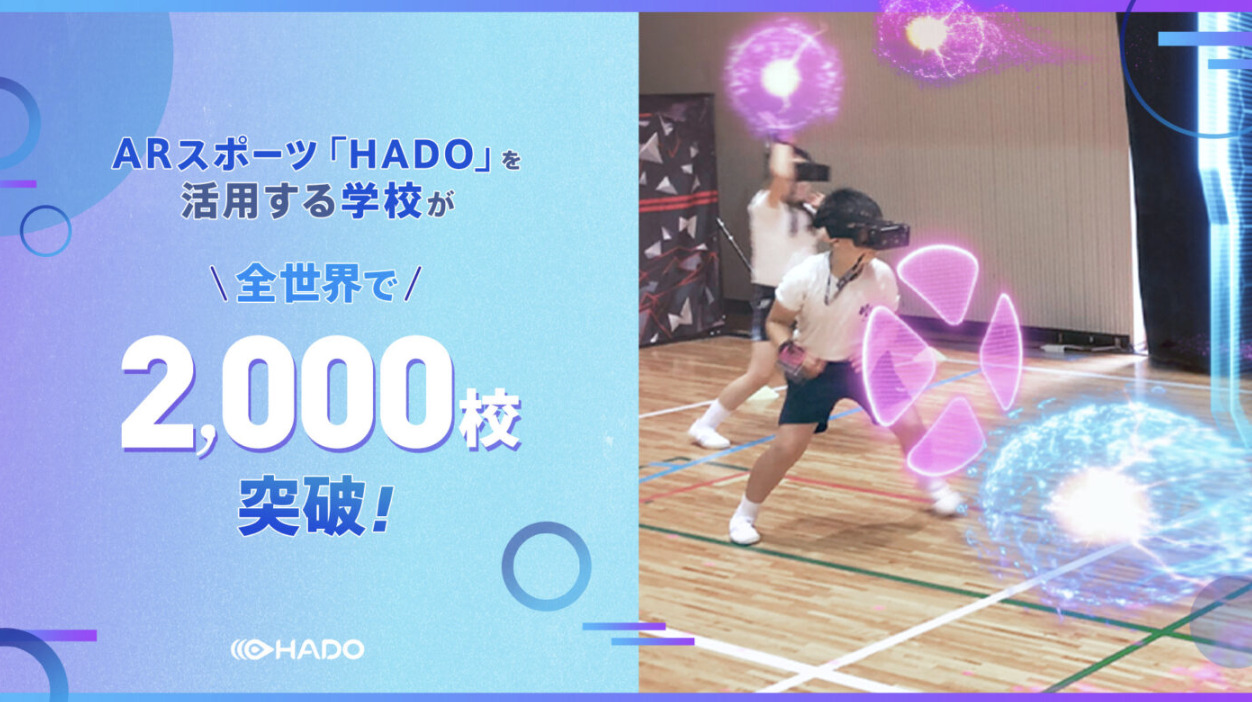
HADO is rapidly gaining traction in schools and academic institutions. It has already been adopted by around 150 schools in Japan and more than 1,850 schools worldwide. Today, HADO is used not only in elementary, middle, and high schools, but also in universities as part of physical education programs and extracurricular activities.
Teachers and parents consistently report that HADO helps students build teamwork, boosts engagement, and even allows quieter or less confident children to shine. Many also highlight its value as a tool for transforming negative feelings about physical activity into positive motivation.
Learn more here: https://hado-official.com/education/ja
 At HADO Academy, the focus isn’t simply on winning.
At HADO Academy, the focus isn’t simply on winning.
What matters most is helping children develop the ability to think for themselves—“What can I do to improve?”—and to work effectively with their teammates. Because scores and gameplay data are visualized instantly after each match, kids can clearly identify their strengths and recognize the areas they want to improve next.
This ongoing cycle of reflection and growth significantly boosts their confidence and nurtures a strong sense of challenge.
 A typical HADO Academy class includes:
A typical HADO Academy class includes:
• Icebreaker talk
• Dynamic warm-ups
• Attack & defense drills
• Switching drills (10-count change)
• Strategy & analysis time
• 3v3 team matches
• Individual reflection & goal check
Kids build:
• self-efficacy
• teamwork
• tactical thinking
• confidence through visible progress
It’s one of the few sports where brain × agility × teamwork truly combine.
How to Choose Activities in This New Era
① Follow your child’s “spark.”
The most sustainable activities encourage intrinsic motivation—success experiences, friendships, competition, and personal milestones.
② Look for pathways that scale.
Programs that lead from local to global stages help children set meaningful goals.
③ Combine “future skills” with physical experience.
Mix STEAM + sports, creativity + logic, teamwork + technology.
This balanced approach organically strengthens non-cognitive skills.
④ Build a supportive family environment.
Try trial classes, discuss goals every 6 months, and find a rhythm that works for your family.
Final Message
When children discover something they love, challenge themselves, and grow little by little, they build the foundation for their future.
HADO Academy represents a new type of learning environment—a blend of sport, technology, and teamwork where every child can shine.
Why not start with a trial session and unlock your child’s “switch of possibility”?
